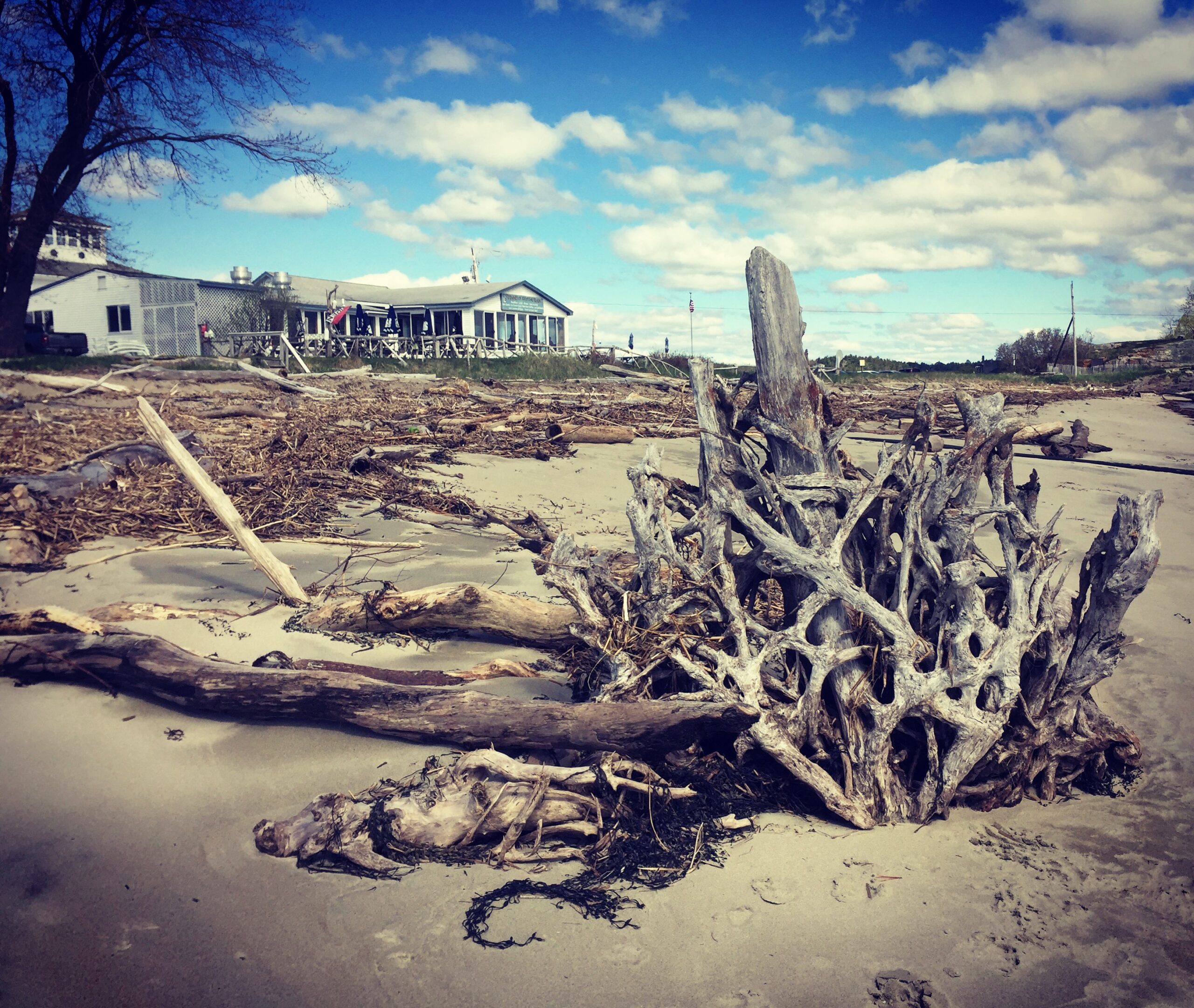
There is much less controversy, however, concerning the importance of territory for virtually all primates. It seems that many primates spend a considerable amount of their time at the boundary (or communicating about their time at the boundary). They are serving as guards against the threatened invasion of other members of their own species. For human beings, physical proximity and the clear definition of physical territory has been of similar importance. Our communities have traditionally been defined by physical proximity. Our fellow primates could certainly appreciate this tradition.
As a community development specialist, Roland Warren (1963, p. 1) offers the following analysis concerning this traditional way of defining community as territory and physical location:
The idea of . . . community is deceptively simple, so long as one does not ask for a rigid definition. The term calls forth a rich imagery associated with the “country village,” the “small town,” or the “big city” of an earlier day. One thinks of the country village’s Main Street, with its several stores and post office and the streets and houses and lawns which immediately surround it before one comes to the enveloping prairie, dairy-farm country, or forest.
Warren (1963, p. 1) becomes a bit nostalgic and wistful:
One calls to mind the road which traverses the five, ten, or twenty miles . . . which connects it with a small city. Here in the small city is a larger population, a greater variety of shops and services, a daily newspaper, a series of wholesale establishments serving surrounding villages, perhaps a college or university, a hospital, a number of industries. Or one conjures up the larger city with its great concentration of people, its businesses and medical center and museums and department stores and newspapers which serve a large section of the state or perhaps parts of several states, and its burgeoning suburbs.
Warren (1963, pp. 1-2) does not stop with this preliminary way of defining community. He describes the various images and assumptions that accompany this traditional definition:
One thinks of places large and small. places whose appearance reflects the specialized industrial or other functions they perform, places which vary according to climate and topography, according to the origin of the people who first settled or later migrated there, according to diverse history and traditions- places which differ from each other in a dozen ways, and yet have much in common.
One thinks of communities, large or small, as clusters of people living in close proximity in an area which contains local stores and other service facilities for the sustenance of local people, and also industries whose produce is distributed throughout a much wider area. Surrounding this concentration of people is usually a much larger geographic area which is the effective “service area” of the place, and whose size varies according to which types of “services” one is considering.
Various criteria thought to characterize communities include a specific population, living within a specific geographic area, amongst whom there are present shared institutions and values and significant social interaction.









